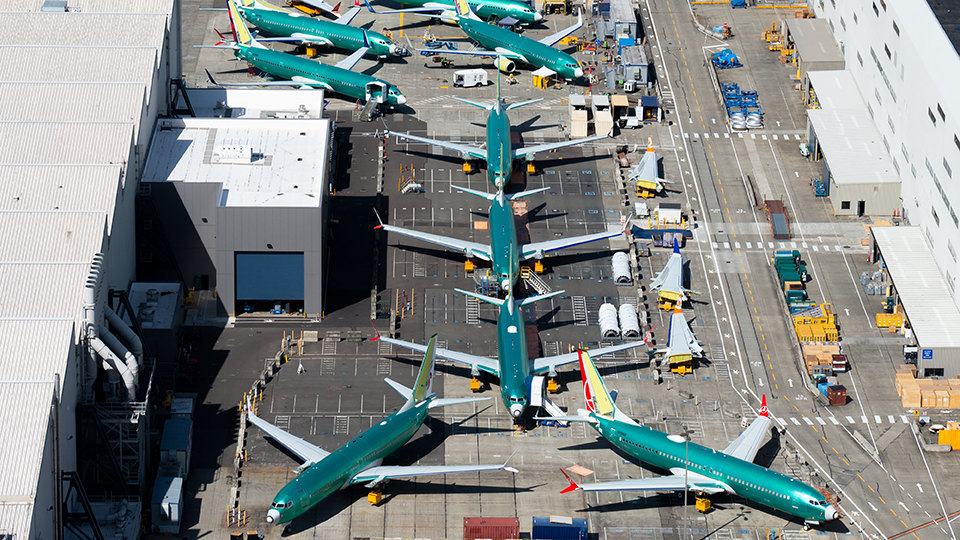As more details emerge, the situation with Boeing’s 737-9 MAX aircraft appears to be developing into something more serious.
The Federal Aviation Administration (FAA) has now grounded the aircraft type indefinitely as it puts more of Boeing’s processes and procedures under the microscope.
It has announced “new and significant actions to immediately increase its oversight of Boeing production and manufacturing.”
Over the weekend, the FAA formally notified Boeing that it had launched an investigation into the company as a result of last Friday’s incident on a Boeing Model 737-9 MAX in which the aircraft lost a passenger door plug while in flight.
The actions announced include the FAA conducting:
- An audit involving the Boeing 737-9 MAX production line and its suppliers to evaluate Boeing’s compliance with its approved quality procedures. The results of the FAA’s audit analysis will determine whether additional audits are necessary.
- Increased monitoring of Boeing 737-9 MAX in-service events.
- Assessment of safety risks around delegated authority and quality oversight, and examination of options to move these functions under independent, third-party entities.
“It is time to re-examine the delegation of authority and assess any associated safety risks,” FAA Administrator Mike Whitaker said.
“The grounding of the 737-9 and the multiple production-related issues identified in recent years require us to look at every option to reduce risk.
“The FAA is exploring the use of an independent third party to oversee Boeing’s inspections and its quality system.”
The FAA has also announced an investigation to determine if Boeing failed to ensure completed products conformed to its approved design and were in a condition for safe operation in compliance with FAA regulations.
“The safety of the flying public, not speed, will determine the timeline for returning the Boeing 737-9 MAX to service,” the FAA said.









